By Lt. Col. Dominic J. Caraccilo
The Free Press continues to provide top-quality and original military history with Yanks: The Epic Story of the American Army in World War I (by John S.D. Eisenhower with Joanne T. Eisenhower, The Free Press, New York, NY, 2001, 366 pp., maps, photographs, illustrations, notes, bibliography, and index, $35.00 hardcover). Author and retired Army General John S.D. Eisenhower offers in this “stirring American adventure” a revisionist view of the Allied Expeditionary Force’s contribution to the World War I. Accompanied in authorship with wife Joanne, Eisenhower focuses this well-written book on the AEF, and more notably, on its indomitable commander, General John J. “Black Jack” Pershing.
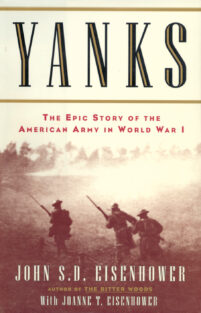 It was a perilous time for the world in 1917. With their men dying in droves on the stalemated Western Front, British and French generals complained that the United States was providing too little, too late. But starting from the ground up, the U.S. and General Pershing created a war-winning army in less than 18 months. Many doubted the ability of the AEF to fight as a separate entity. Nevertheless, Pershing insisted that the United States shouldn’t just “plug” the much-needed U.S. troops into British and French armies in order to fill the gaps in the line. Instead, Black Jack’s steadfast determination led the way to the beginning of the end of World War I—and, as the publisher claims, “the beginning of the U.S. Army as it is known today.” Eisenhower’s purpose in Yanks is to describe the gargantuan efforts needed to create, supply, and send into battle this new force.
It was a perilous time for the world in 1917. With their men dying in droves on the stalemated Western Front, British and French generals complained that the United States was providing too little, too late. But starting from the ground up, the U.S. and General Pershing created a war-winning army in less than 18 months. Many doubted the ability of the AEF to fight as a separate entity. Nevertheless, Pershing insisted that the United States shouldn’t just “plug” the much-needed U.S. troops into British and French armies in order to fill the gaps in the line. Instead, Black Jack’s steadfast determination led the way to the beginning of the end of World War I—and, as the publisher claims, “the beginning of the U.S. Army as it is known today.” Eisenhower’s purpose in Yanks is to describe the gargantuan efforts needed to create, supply, and send into battle this new force.
Eisenhower’s story of the AEF’s creation is focused on the senior officers and elder statesmen at its inception, notably Colonel Edward House, U.S. Secretary Newton Baker, General Tasker Bliss, former President Teddy Roosevelt, Maj. Gen. James Harbord, French Premier Georges Clemenceau, Marshal of France Joseph Joffre, British Prime Minister David Lloyd George, Marshal Ferdinand Foch, and Henri Pétain. Douglas MacArthur, George Patton, George C. Marshall, and lesser-known figures like Charles Summerall also played their parts.
On April 6, 1917 President Woodrow Wilson signed a resolution pitting the Americans with the French and British as foes to Imperial Germany and the Austro-Hungarian Empire. Still, it took almost a year for the U.S. Army to place a single division of the AEF into battle. The conventional wisdom of many historians, both European and American, tends to denigrate the military contribution of the AEF to the Allied victory. This view also maintains that the inexperienced, poorly trained Americans had little influence upon the military balance of power in France. Eisenhower, a retired brigadier general and son of our 34th president, does much to revise this one-sided picture. In the end, he shows that the Americans presented the Germans with the threat of a vast new manpower pool for the nearly exhausted Allied forces, thus increasing pressure upon the Germans to accept an armistice.
From the onset of its baptism by fire on a “pleasant plain” east of Nancy to the effort at capturing Sedan in the war’s final days, Eisenhower acknowledges the Americans’ shortcoming in combat experience and equipment. But he also shows how a gifted officer corps, which included MacArthur, Marshall, Patton, and Billy Mitchell, molded the Americans into an effective fighting force.
The AEF emerges from these pages as the decisive instrument of an incomplete victory. Eisenhower’s analysis of the armistice and the lack of an Allied war termination strategy is an important extension to the study of the Great War. Ultimately, Yanks is an important work that should help alter the historical picture of the American role in the conflict. Readable and entertaining, Yanks is proof positive that John S.D. Eisenhower is at the top of his league in historical narration.
Recent and Recommended
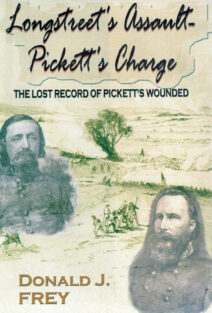 Longstreet’s Assault-Pickett’s Charge: The Lost Record of Pickett’s Wounded by Donald J. Frey, Burd Street Press (White Mane Books), Shippensburg, Pa., 2000, 276 pp., maps, illustrations, appendices, notes, bibliography, and index; $29.95 hardcover.
Longstreet’s Assault-Pickett’s Charge: The Lost Record of Pickett’s Wounded by Donald J. Frey, Burd Street Press (White Mane Books), Shippensburg, Pa., 2000, 276 pp., maps, illustrations, appendices, notes, bibliography, and index; $29.95 hardcover.
While much has been written on what many historians deem as the nonpareil event of the Civil War, namely the Battle of Gettysburg, Donald J. Frey offers a significant and well-researched account of the battle.
In Longstreet’s Assault-Pickett’s Charge, Frey recounts the battle using a series of analyses on decisions made by noteworthy participants. The actions and inactions of Robert E. Lee, J.E.B. Stuart, John Reynolds, R.H. Anderson, Jubal Early, James Longstreet, and, finally, George Pickett greatly affected the outcome of the battle. Frey offers a narrative based on a review of each one of these decisions, all leading to Pickett’s Charge on Cemetery Ridge.
But what makes Frey’s book most intriguing is the inclusion of the ledger book kept by Chief Surgeon Edward Rives of Pickett’s Division. Frey’s decided to write his book when he located the unknown, or “lost,” ledger identifying the names of 369 Confederate wounded on that fateful day in 1863.
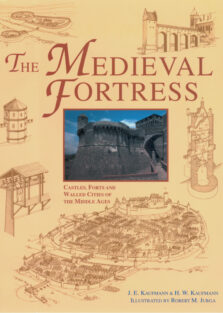 The Medieval Fortresses: Castles, Forts and Walled Cities of the Middle Ages by J.E. Kaufmann & H.W. Kaufmann, illustrated by Robert M. Jurga, Combined Publishing, Conshohocken, Pa., 2001, 319 pp., photographs, illustrations, notes, bibliography, and index; $39.95 hardcover.
The Medieval Fortresses: Castles, Forts and Walled Cities of the Middle Ages by J.E. Kaufmann & H.W. Kaufmann, illustrated by Robert M. Jurga, Combined Publishing, Conshohocken, Pa., 2001, 319 pp., photographs, illustrations, notes, bibliography, and index; $39.95 hardcover.
The European, Asian, and African castles, forts, and walled cities of the Middle Ages stand as monuments to the past and provide intriguing placeholders for the dramatic roles their eras played in world history. Today these architectural wonders offer a glimpse of the rich culture associated with the feudal system and its warrior caste of knights, queens, and kings. The buildings stand as a reminder of an awe-inspiring era spanning more than a thousand years, during which societal evolution and the technological progress found their way into large defensive construction.
In this book, fortifications specialists J.E. and H.W. Kaufmann and technical artist Robert Jurga have combined their talents with European sources and personal observations to present a unique portrait of military architecture. The Kaufmanns describe the types of towers, gates, loopholes, garderobes, wells, cisterns and other lesser known aspects that went into the development of a castle. Over 100 photographs and 400 extraordinarily detailed technical drawings accompany the well-written text.
Day of Deceit: The Truth About FDR and Pearl Harbor by Robert B. Stinnett, Touchstone Books, New York, NY, 2001, 399 pp., illustrations, appendices, notes, bibliography, $26.00 hardcover, audio cassette, $18.00, and $16.00 softcover.
Pearl Harbor stands out as not only a day of infamy, but also a day of controversy. It was not long after the first Japanese bombs fell on the American ships at Pearl Harbor that conspiracy theories began to circulate, charging that Franklin Roosevelt and his chief military advisers knew of the impending attack in advance.
Former naval serviceman and present-day author and journalist Robert Stinnett examines recently declassified American documents and concludes that, far more than merely knowing of the Japanese plan to bomb Pearl Harbor, the Roosevelt Administration deliberately steered Japan into war with the United States. This book contradicts and questions much of what has been written about the events and decisions that led to Japan’s attack on Pearl Harbor on December 7, 1941.
Stinnett’s premise relies heavily on the fact that Lt. Cmdr. Arthur H. McCollum, a trusted adviser to the president, documented the actions that put in motion a series of events provoking the Japanese into war with America. The author’s hypothesis relies heavily on circumstantial evidence about what Stinnett claims were provocative maneuvers by the Roosevelt Administration as a way of quickly bringing a unified America into World War II.
Day of Deceit is an explosive, well-written look at the events leading up to the Japanese raid on Pearl Harbor. It is a disturbing look at what Stinnett calls “FDR’s back door to war.” His conclusions are well researched and difficult to refute. It will surely intrigue World War II scholars into rethinking the role of the Roosevelt leadership in the early days of the war.
Widows by the Thousand: The Civil War Letters of Theophilus and Harriet Perry, 1862-1864, M. Jane Johansson, ed. The University of Arkansas Press, Fayetteville, AK, 2000, 333 pp., maps, illustrations, bibliography, notes, index, $34.95 hardcover.
The American Civil War is by far the most written about war in modern history. Widows by the Thousand, however, provides a glimpse into this well-documented war from a perspective seldom seen.
The importance of this collection revolves around Theophilus’s Confederate service, the home-front life in Texas that his wife Harriet documents, and the chronicle of a wartime marital relationship that emerges from this fascinating set of letters. As the editor admits, a number of Southern marital correspondences survived the Civil War, but relatively few have been published by scholars—and even rarer are published accounts of Trans-Mississippi couples.
In the mid-19th century, the only communication device available for correspondence during wartime was letter writing. This often unreliable form of communication could place great stress on married life. Viewing the world through the lens of one young couple, Widows by the Thousand validates firsthand the effects of war on the American family.
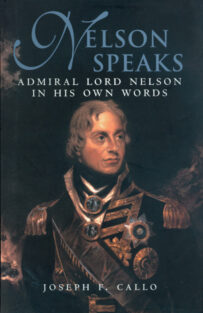 Nelson Speaks: Admiral Lord Nelson in His Own Words by Joseph F. Callo, Naval Institute Press, Annapolis, MD, 2001, 218 pp., illustrations, bibliography, notes, and index, $29.95 hardcover.
Nelson Speaks: Admiral Lord Nelson in His Own Words by Joseph F. Callo, Naval Institute Press, Annapolis, MD, 2001, 218 pp., illustrations, bibliography, notes, and index, $29.95 hardcover.
Admiral Horatio Nelson believed it was a European custom “for the English to never tell their own story.” Nelson Speaks is not just another Nelson biography, but rather a compendium of Nelson quotes. It is provided, not in an attempt to redefine the image of Nelson the Hero, but instead, as Michael Nash writes in the Foreword, “Callo delves beneath the carefully constructed image of Nelson … to get at Nelson the Man.”
Retired Rear Adm. Joseph F. Callo is no stranger to leadership studies nor is he a stranger to the study of Horatio Nelson. His 1999 Legacy of Leadership: Lessons from Admiral Lord Nelson was his first book on the Hero of Trafalgar. Admiral Lord Nelson speaks for himself in this newest collection of compelling excerpts from his private letters and dispatches. Through Nelson’s own words readers come to fully appreciate the admiral’s piercing insights and provocative opinions.
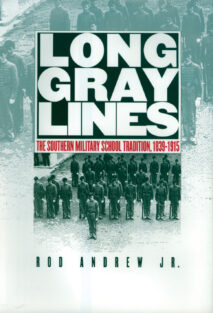 Long Gray Lines: The Southern Military School Tradition, 1839-1915 by Rod Andrew, Jr., The University of North Carolina Press, Chapel Hill, NC, 2001, 169 pp., illustrations, photographs, appendix, abbreviations, notes, bibliography, and index, $29.95 hardcover.
Long Gray Lines: The Southern Military School Tradition, 1839-1915 by Rod Andrew, Jr., The University of North Carolina Press, Chapel Hill, NC, 2001, 169 pp., illustrations, photographs, appendix, abbreviations, notes, bibliography, and index, $29.95 hardcover.
A series of Southern institutions devoted to the training of prominent young military leaders were formed in 1802 as offshoots of the U.S. Military Academy at West Point. During the antebellum era, every southern state founded state-supported military schools. Former Citadel professor and current professor of history at Clemson University, Rod Andrew, Jr., examines the development of such schools, including the Virginia Military Institute and the Citadel. His study also encompasses a provocative look at the integration of the military into such schools as Texas A&M, Auburn, and Clemson as well as several Southern black institutions.
The idea of a Southern military tradition is a universally accepted theme in the historiography of the South. Andrew’s premise is that southerners subscribed to a brand of militarism that expressed less interest in policies of “aggressive military preparedness” than in the “exaltation of military ideals and virtues.” Therefore, in Long Gray Lines Andrew refutes the age-old attitude that a Southern military education was a tradition marked by belligerence toward the North. He demonstrates instead that Southern military schools were more concerned with instilling in their students broader values of honor, patriotism, civic duty, and virtue.
In Brief
Under Custer’s Command: The Civil War Journey of James Henry Avery compiled by Karla Jean Husby and edited by Eric J. Wittenbuerg, Brassy’s Inc., 2001, 224 pp., maps, photographs, notes, bibliography, and index, $24.95 hardcover.
Custer’s Last Stand—nothing stands nobler in the minds of warriors. While the battle at Little Big Horn is undoubtedly the first thought that comes to mind when Custer’s name is mentioned, Brig. Gen. George Armstrong Custer also served with distinction in the many years preceding that fabled day. Under Custer’s Command is testimonial to that service. Under the keen editorial eyes of Karla Jean Husby and Eric J. Wittenberg, the memoir of Sergeant James Henry Avery, a 24-year-old farmer from Hopkins, Mich., is meticulously presented as a tribute to the 5th Michigan Cavalry Regiment.
The 5th Regiment fought with great distinction in the American Civil War and suffered the third highest death rate in the entire Union Calvary. As a member of the feared “Wolverines,” Avery eloquently described his personal war-time experiences in journals and postwar reminiscences, providing uniquely detailed descriptions of Civil War cavalry. Some of the battles described in this work include Gettysburg, The Wilderness, Yellow Tavern, Haws Shop, Tom’s Brook, Cedar Creek, and Trevilian Station. Avery’s work is most likely the best memoir by an enlisted cavalryman during the Civil War.
The Myth of the Sword by Hank Reinhardt, Paladin Press, Boulder, CO, 2001, $59.95, 90-minute video
The Modern Swordsman: Realistic Training for Serious Self-Defense by Fred Hutchinson, Paladin Press, Boulder, CO, 1998, 69 pp., illustrations, and bibliography, $22.00 oversized softcover.
Techniques of Medieval Armour Reproduction by Brian R. Price, Paladin Press, Boulder Colorado, 2000, 508 pages, photographs, illustrations, appendices, glossary, sources, and index, $79.95 oversized hardcover.
Paladin Press Books provide a unique collection of works focusing on medieval and modern swordsmanship and modern armor reproduction. Expert swordsman Hank Reinhardt has spent a lifetime studying the history, development, and use of the sword from antiquity to modern times. The Myth of the Sword is an impressive 90-minute tour-de-force video presentation that combines Reinhardt’s expert commentary with live-action demonstrations, beautiful examples of the various kinds and categories of swords, concomitant development of sword-related armor, and the manufactured properties of specific types of swords ranging from Japanese katanas to European broadswords, sabers, and rapiers.
The Modern Swordsman is a complete training program designed to help the aspiring sword fighter become proficient with his or her weapon of choice and truly dangerous to an adversary. Topics include mental conditioning, air-cutting drills, slow-motion and exaggerated range-of-motion practice, extra-heavy sword drills, isometric and resistance training, point-sensitivity drills, aggressiveness and power training, speed and accuracy drills and more.
Rounding out the Paladin collection is an impressively published and immaculately illustrated book, Techniques of Medieval Armour Reproduction, describing the tools and techniques of the modern armor art. Through more than 1,000 detailed photos and clear instruction, author and martial arts expert Brian Price presents a working handbook for aspiring and active amorers who want to develop their skills in the production of medieval armor in the style of the 14th century.
Enduring What Cannot Be Endured: Memoir of a Woman Medical Aide in the Philippines in World War II by Dorothy Dore Dowlen, edited by Theresa Kaminski, McFarland & Company, Inc., Jefferson, NC, 2001, 197 pp., photographs, and index, $29.95 softcover.
Author Dorothy Dore Dowlen studied nursing in order to support the U.S. Armed Forces East (UAFFE) and was attending an exclusive private school when Clark Field in the Philippines was bombed the day after the Japanese attacked Pearl Harbor. Spending the war years on the run, Dowlen’s memoir depicts a largely overlooked aspect of the war: the fate of the civilians who were caught up in the massive Japanese invasion. Enduring What Cannot be Endured is the story of one woman’s struggle at a time and in a place where the civilian population and the combatant activities were inextricably linked. It broadens our understanding of the far-ranging impact of war, particularly on women and families in occupied and combat zones.
Yankee Blitzkrieg: Wilson’s Raid Through Alabama and Georgia by James Pickett Jones, The University Press of Kentucky, Lexington, KY, 2000, 256 pp., photographs, illustrations, maps, notes, critical essay on sources, and index, $18.00 softcover.
Florida State professor of history James Pickett Jones has written the first book totally devoted to Union Major General James Harrison Wilson’s Southern expedition. The single largest cavalry force of the Civil War, 13,840 horsemen, departed their camps in March 1865 and by the end of his campaign, Wilson had ensured that his Yankee blitzkrieg, coupled with the seizure of Jefferson Davis, ended all hope of Confederate resistance east of the Mississippi.
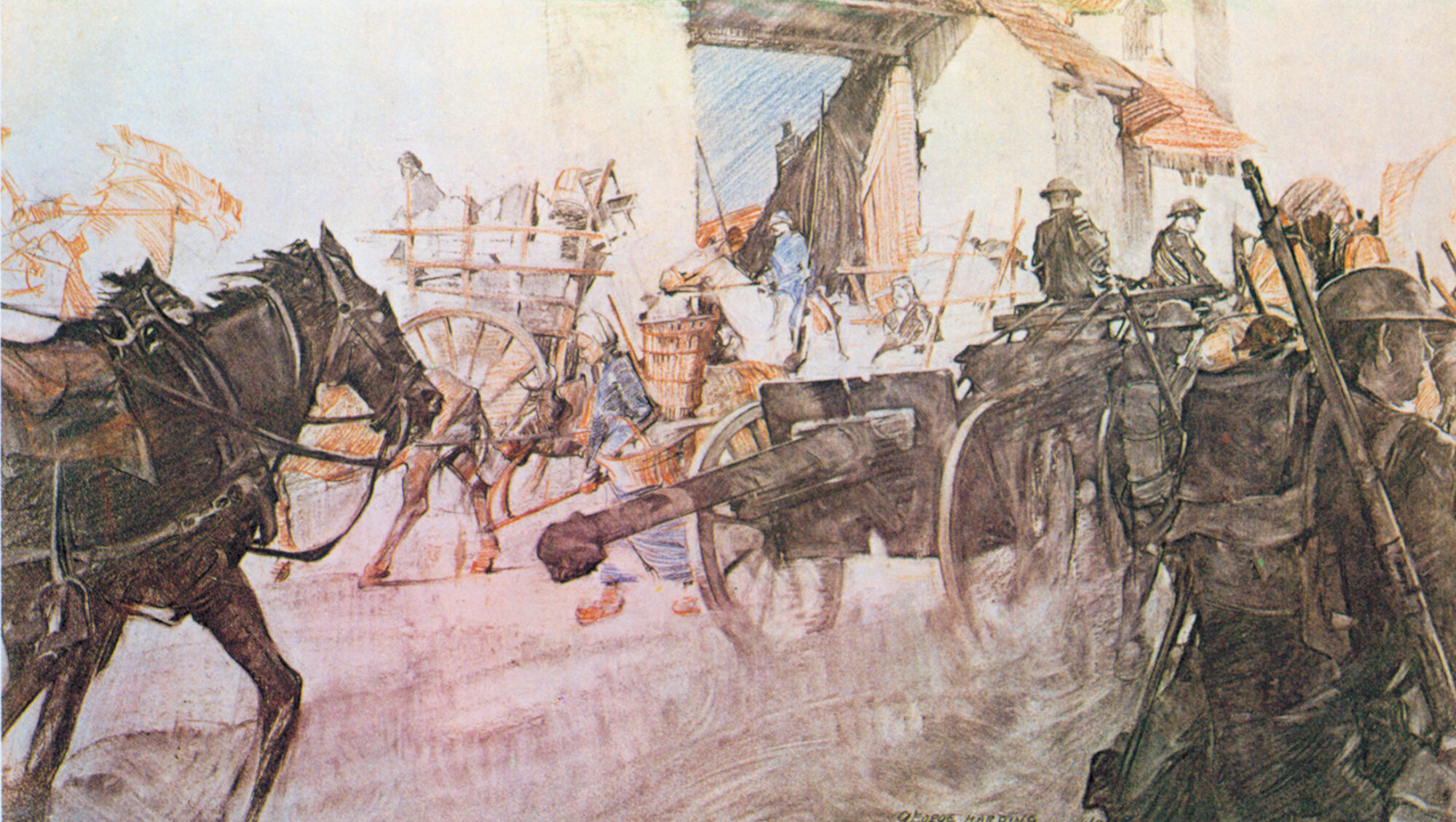
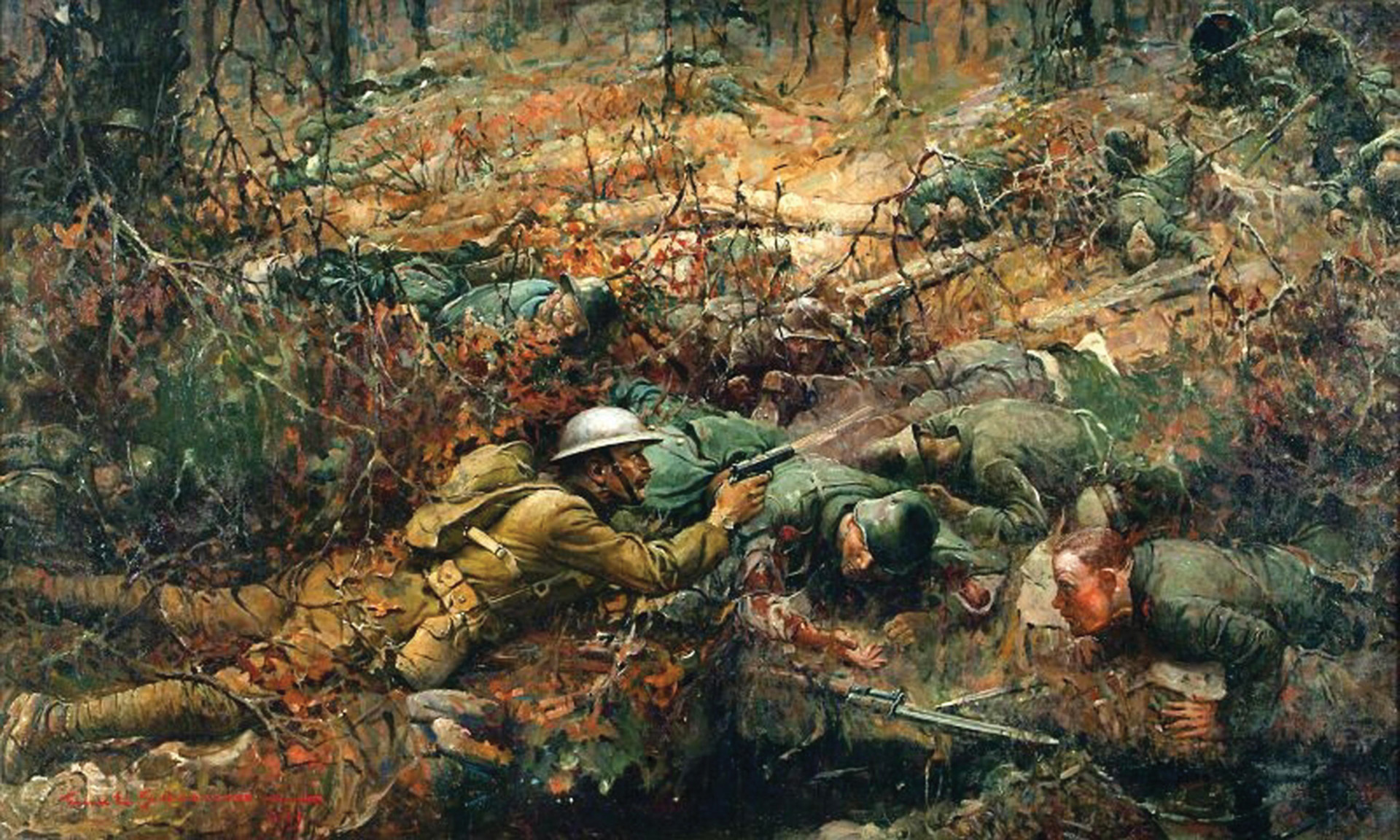
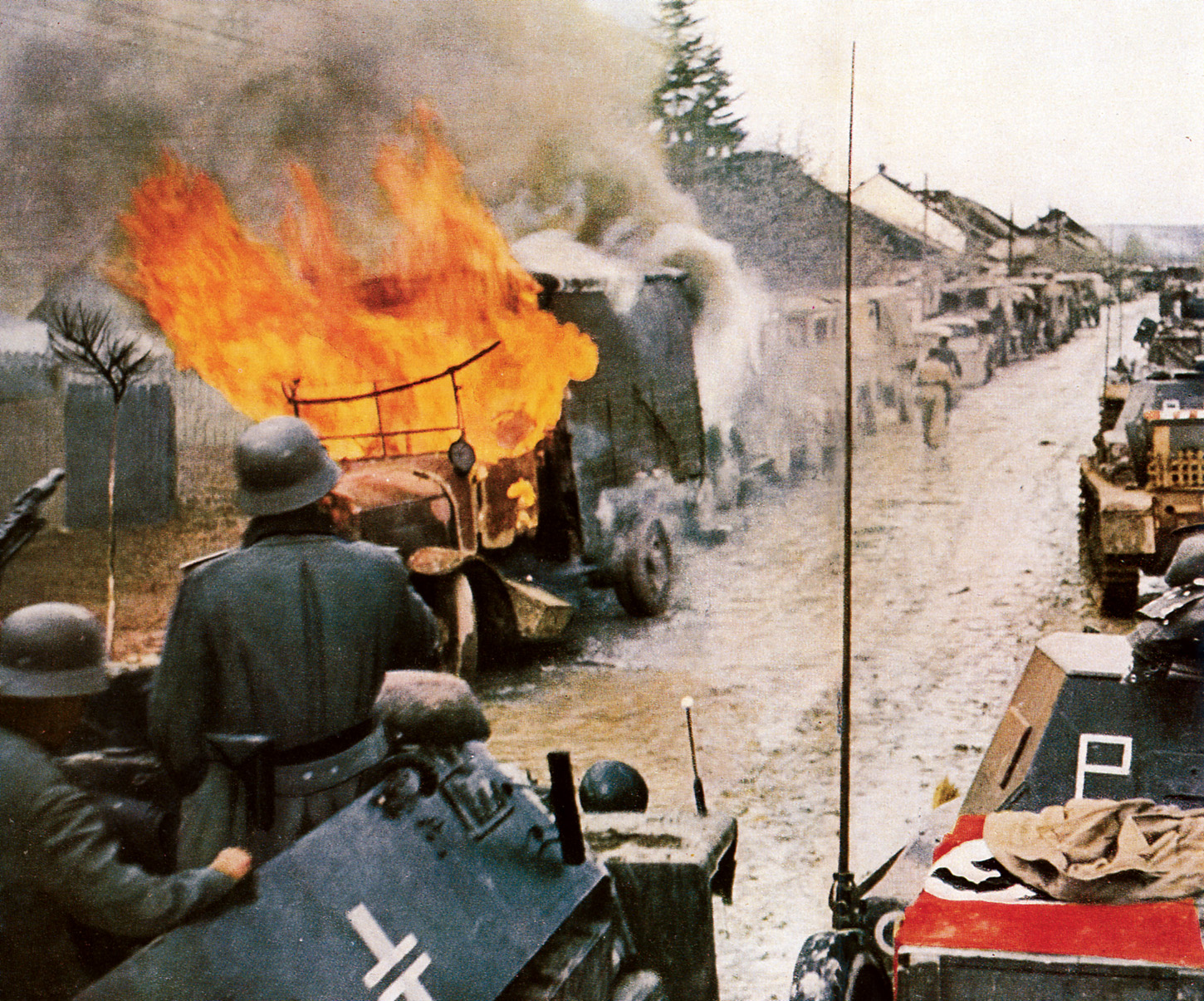
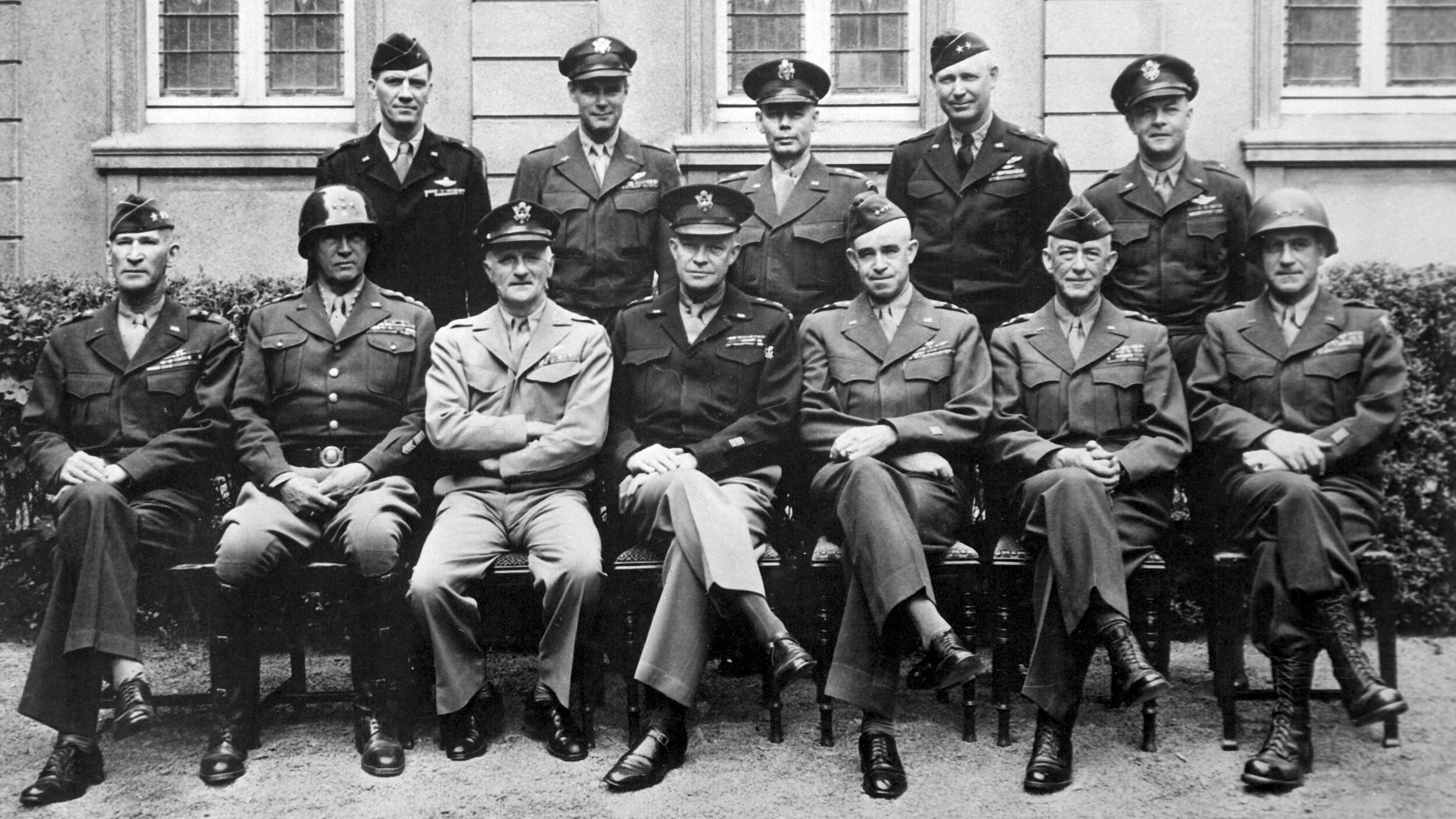
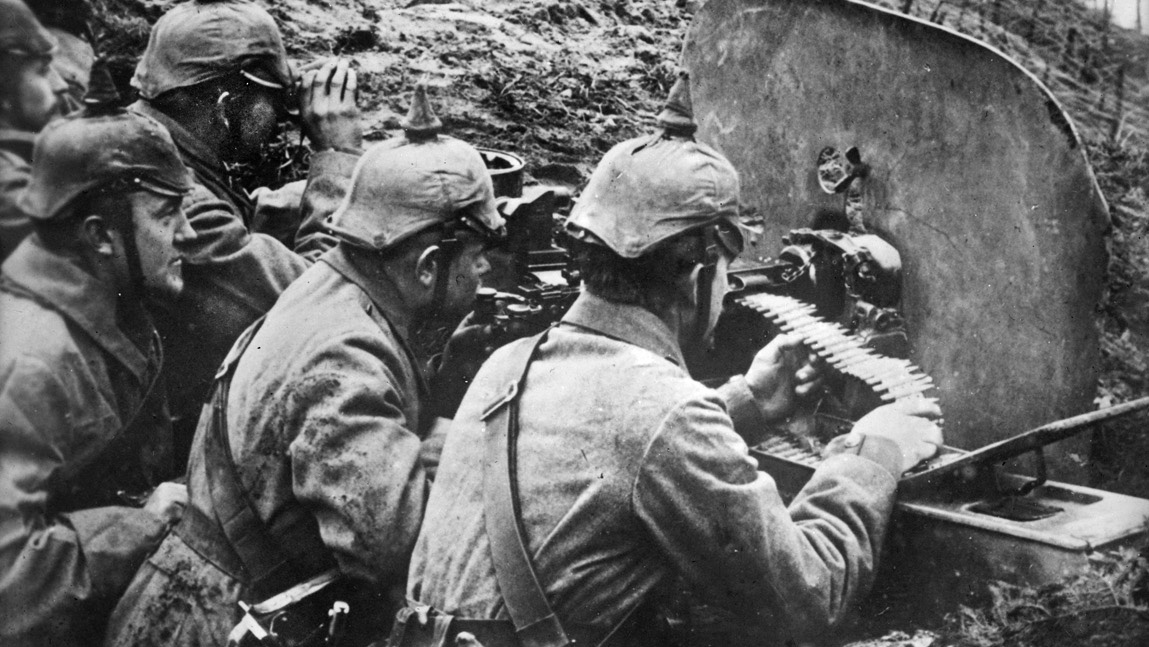
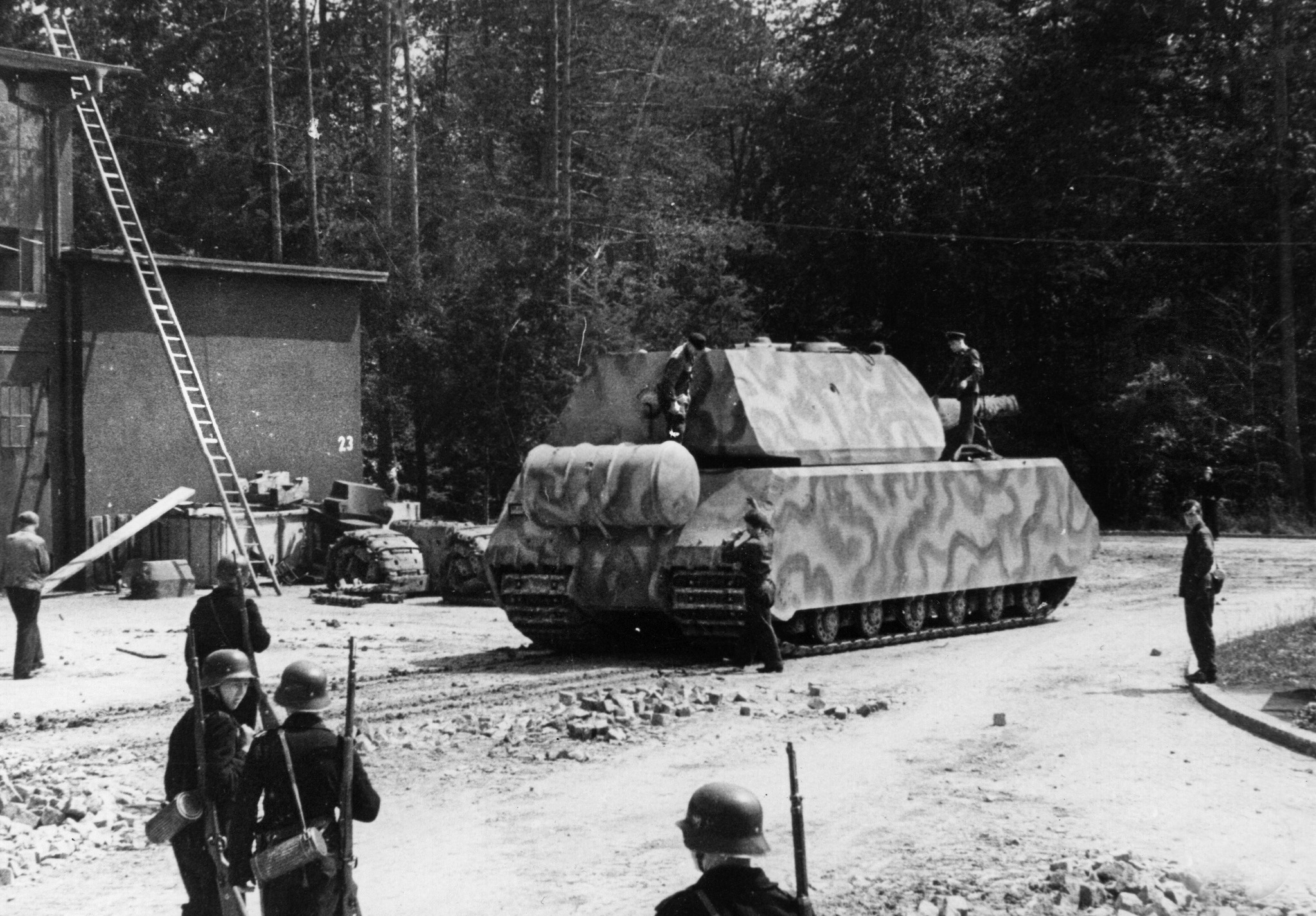
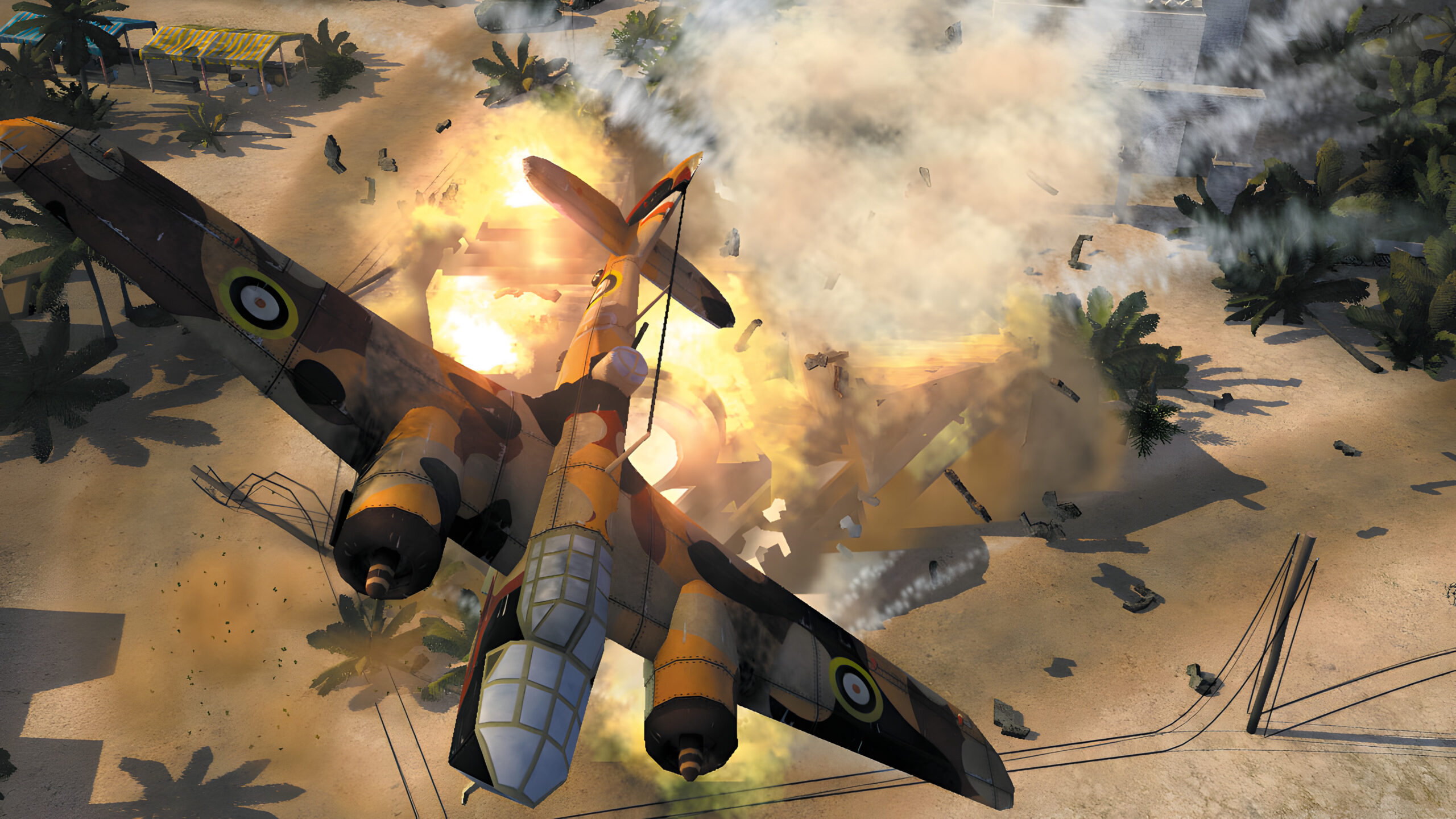
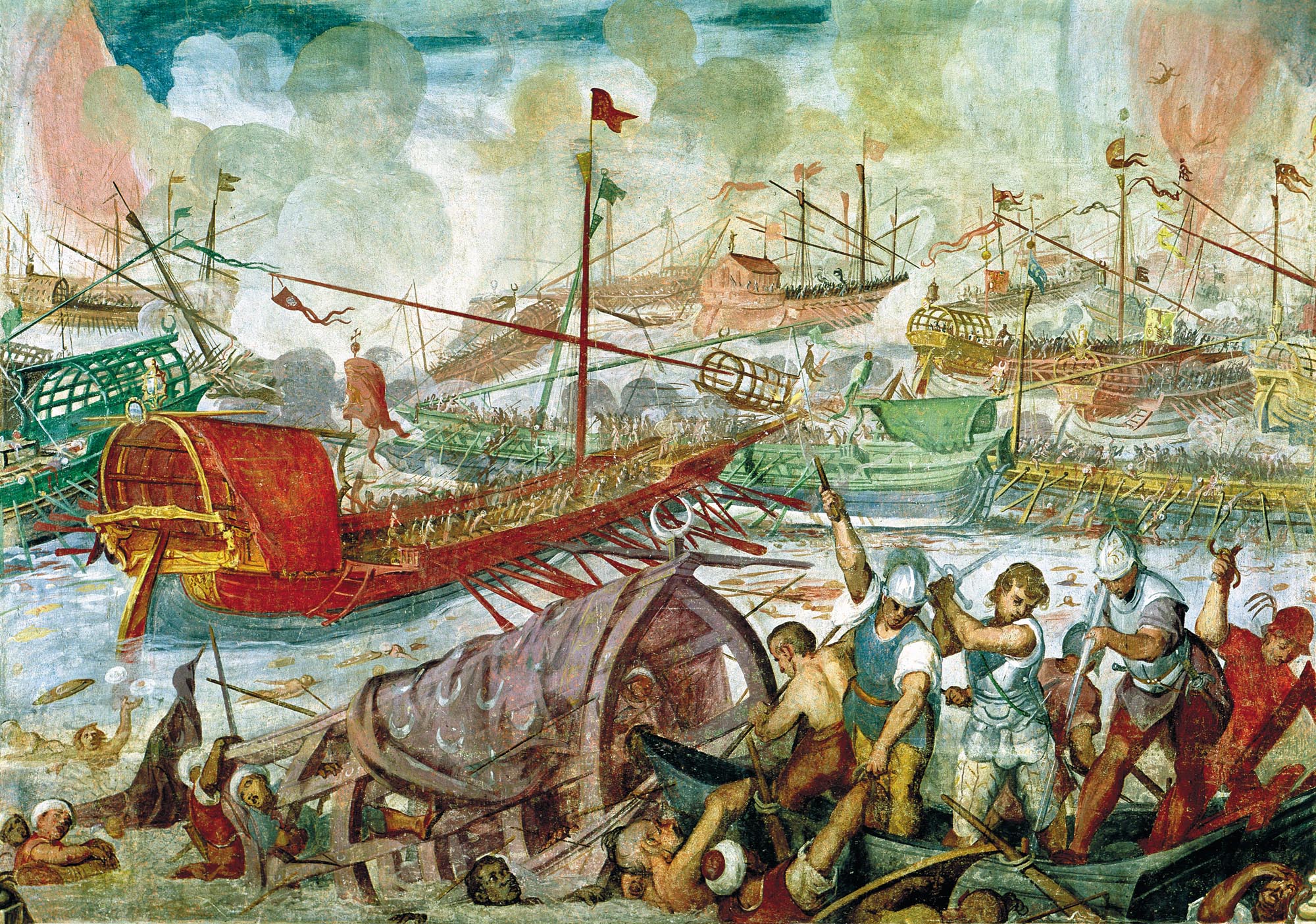
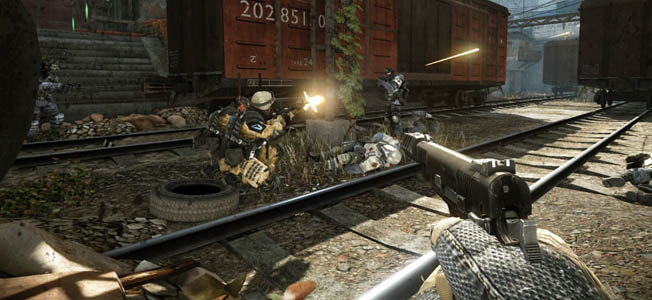
Join The Conversation
Comments
View All Comments